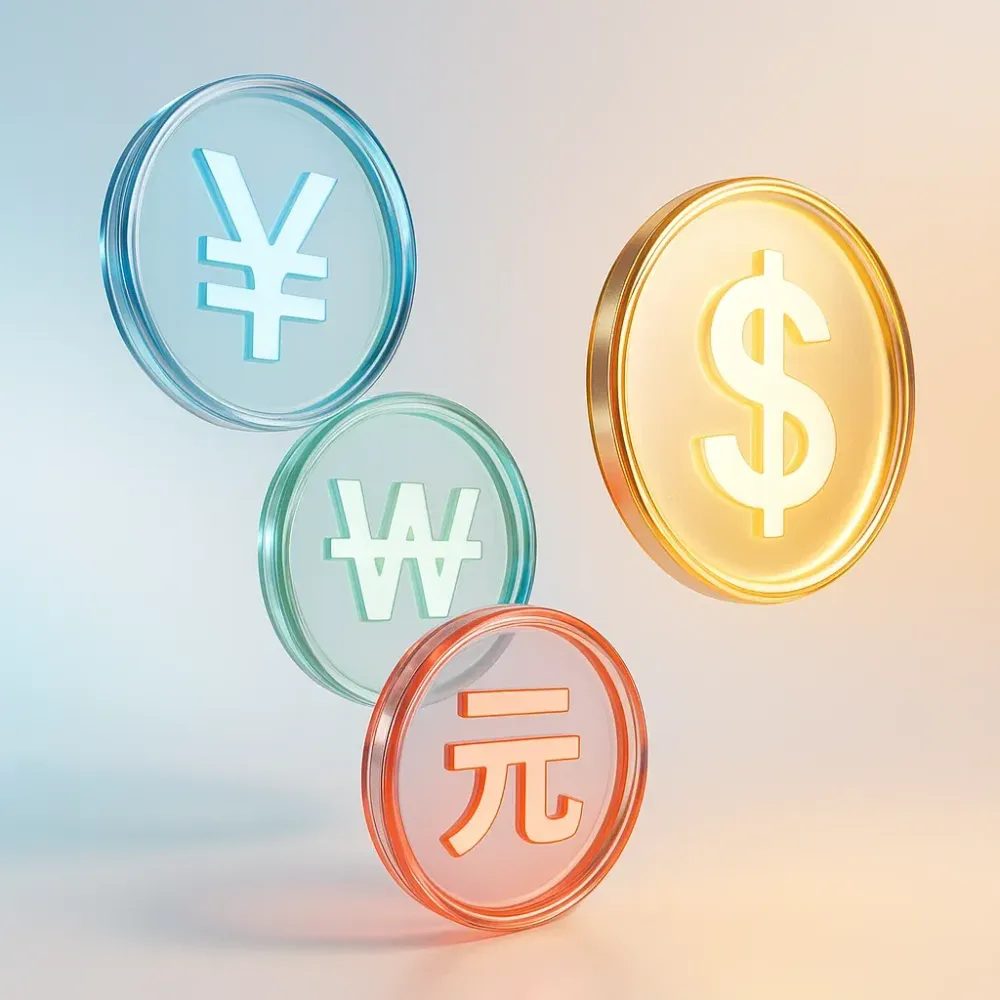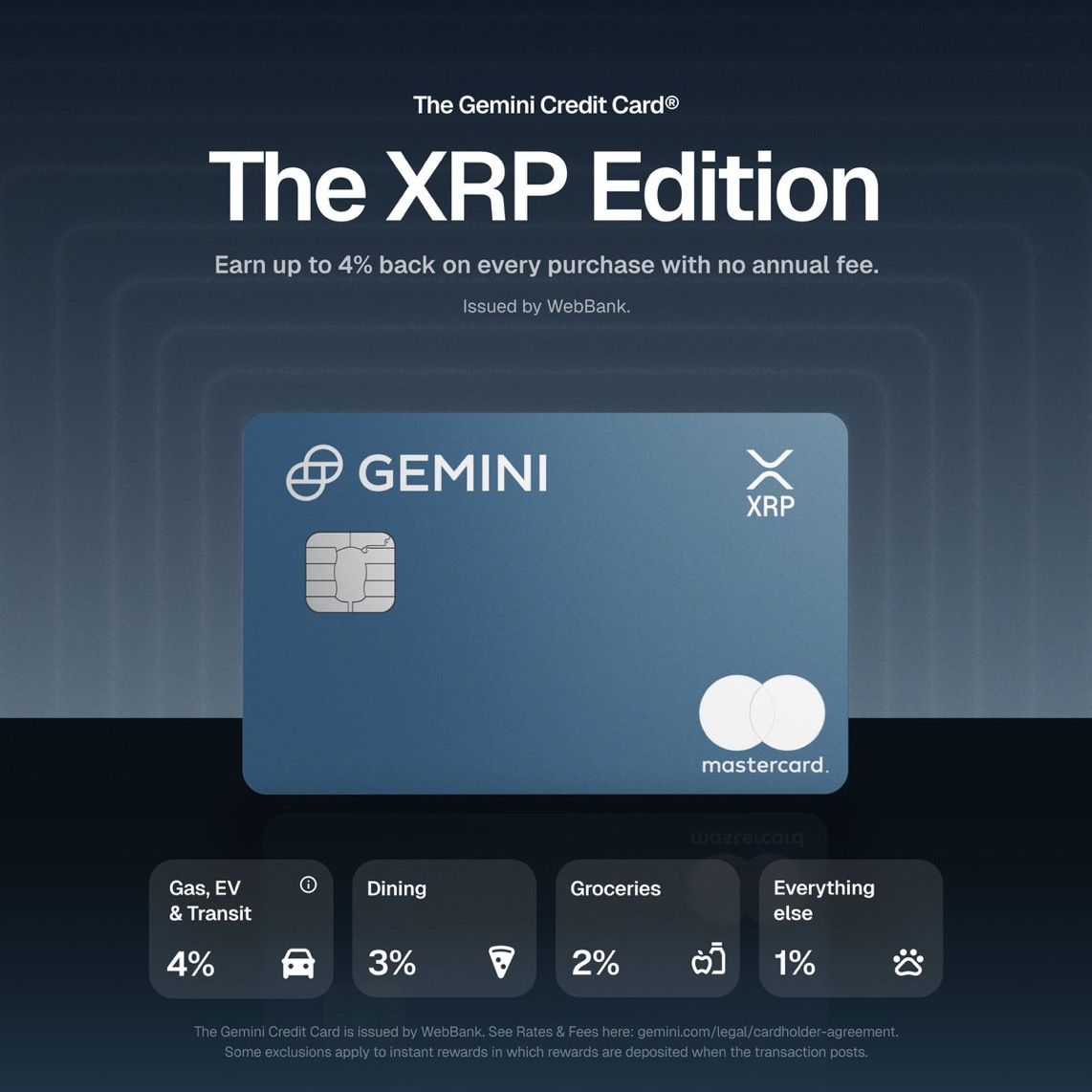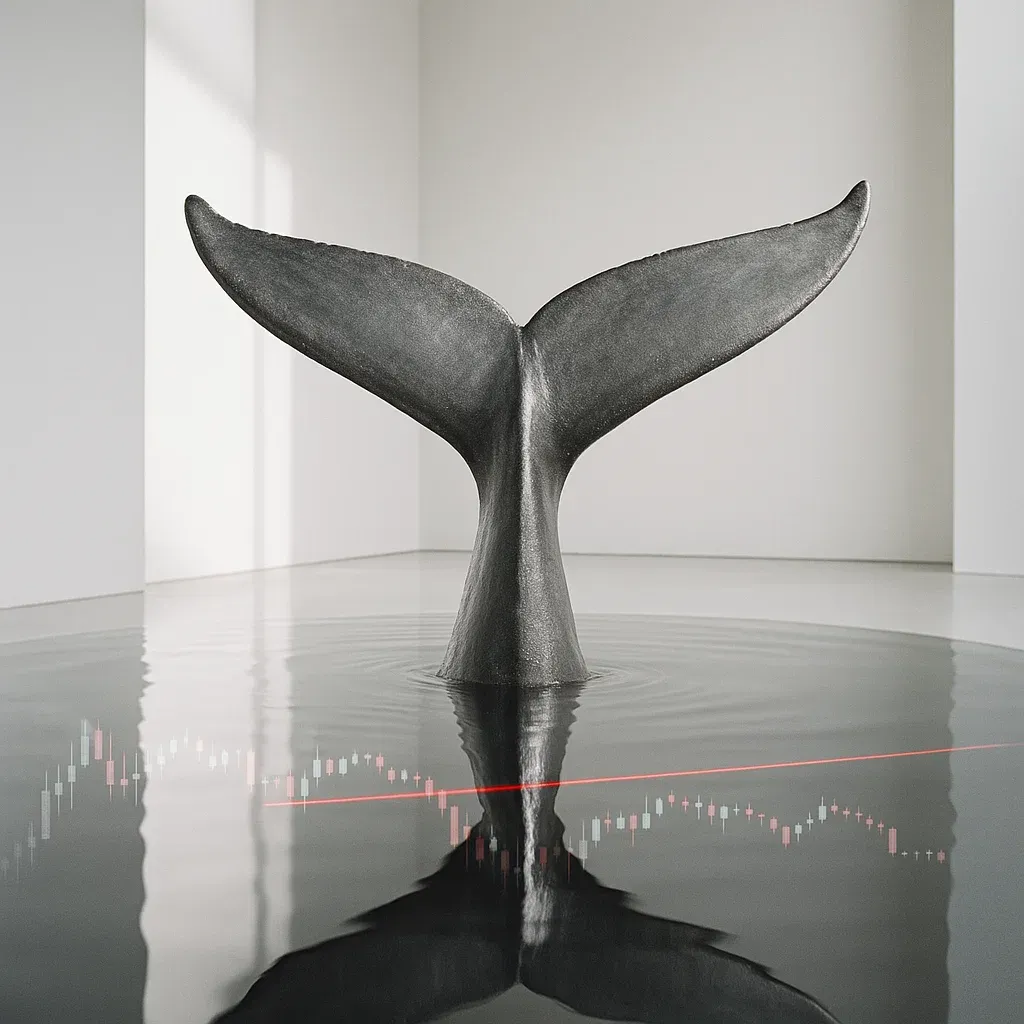Asia Speeds Up Stablecoin Plans After U.S. Genius Act Sparks Global Race
Asia Races Into Stablecoin Wars After U.S. Drops Crypto Game-Changer
From yen to yuan, Asia’s regulators are scrambling to keep pace after America finally legalized dollar-pegged tokens. The stablecoin wars are officially global.
⚡ Quick Hits
- 🇺🇸 Trigger: U.S. Genius Act sets strict rules for dollar-backed stablecoins
- 🌏 Japan: First yen-backed coin (JPYC) coming fall 2025
- 🇰🇷 Korea: Debating won-based stablecoins under Digital Asset Basic Act
- 🇨🇳 China: Considering yuan-backed stablecoin after years of bans
- 📈 Projection: Stablecoins → 3.7T by 2030 (Citigroup)
- 🏦 Market now: 265B → 4T total crypto market cap milestone
💵 The U.S. Lights the Fuse
When the Genius Act passed in July 2025, it didn’t just regulate stablecoins — it legitimized them.
- 1:1 dollar peg required.
- Backed by cash + short-term debt.
- Monthly reserve disclosures mandatory.
Like it or hate it, the U.S. basically made stablecoins Wall Street-friendly. Within weeks, crypto’s total market cap broke 4 trillion for the first time.
Flipster exec Benjamin Grolimund summed it up:
“Whether you love or hate stablecoins, they are now unavoidable.”
🏯 Japan: Yen Coin Goes Live
Japan’s FSA is set to approve the first yen-backed stablecoin (JPYC) this fall.
- Fully 1:1 pegged to JPY.
- Backed by deposits + government bonds.
- Issued only by banks & licensed firms under the 2023 legal framework.
This isn’t Wild West DeFi — it’s regulated, audited, institutional-grade.
🇰🇷 South Korea: Won Wars Incoming
South Korea already moves 41B in USD stablecoins (Q1 2025) across USDT, USDC, USDS.
Now, lawmakers want won-backed stablecoins under the Digital Asset Basic Act. But the Bank of Korea is nervous: too many non-bank issuers could destabilize monetary policy — “19th-century private currency chaos” all over again.
The Financial Services Commission is drafting guardrails — collateral, controls, oversight — due for debate in October.
🇨🇳 China: From Ban to Pivot?
China banned trading & mining in 2021. But with dollar stablecoins booming, Beijing is rethinking.
- Reports say a yuan-backed stablecoin is under review.
- JD.com and Ant Group already prepping applications.
- Goal: boost yuan’s global recognition.
If true, this would be a historic reversal — from crackdown to controlled participation.
⚖️ Challenges: Capital & Crime
Even with regulation, stablecoins raise tough issues:
- Capital control remains a sticking point.
- But on-chain systems provide transparency + efficiency.
As Hong Kong’s Le Shi (Auros) notes:
“Local-currency stablecoins enhance liquidity and smooth flows over weekends.”
🚨 Meanwhile in Thailand: A South Korean national was arrested for laundering 48M in crypto → gold bars. The bust highlights how illicit finance risks grow alongside adoption.
🧠 Bigger Picture
- The U.S. normalized stablecoins.
- Asia is racing to make local-currency versions.
- Japan is first mover, Korea debates next, China hints at entry.
The global stablecoin market is already 265B and could balloon to 3.7T by 2030. Whoever dominates the rails — dollar, yen, yuan — wins more than finance. They win monetary influence.
TL;DR
- 🇺🇸 U.S. passed the Genius Act — stablecoins now mainstream.
- 🇯🇵 Japan: first yen stablecoin coming fall 2025.
- 🇰🇷 Korea: won coin under debate.
- 🇨🇳 China: exploring yuan stablecoin despite past bans.
- 📈 Stablecoins could hit 3.7T by 2030 — and Asia wants a slice.

Recent News
All Time High • Live
Have questions or want to collaborate? Reach us at: info@ath.live











